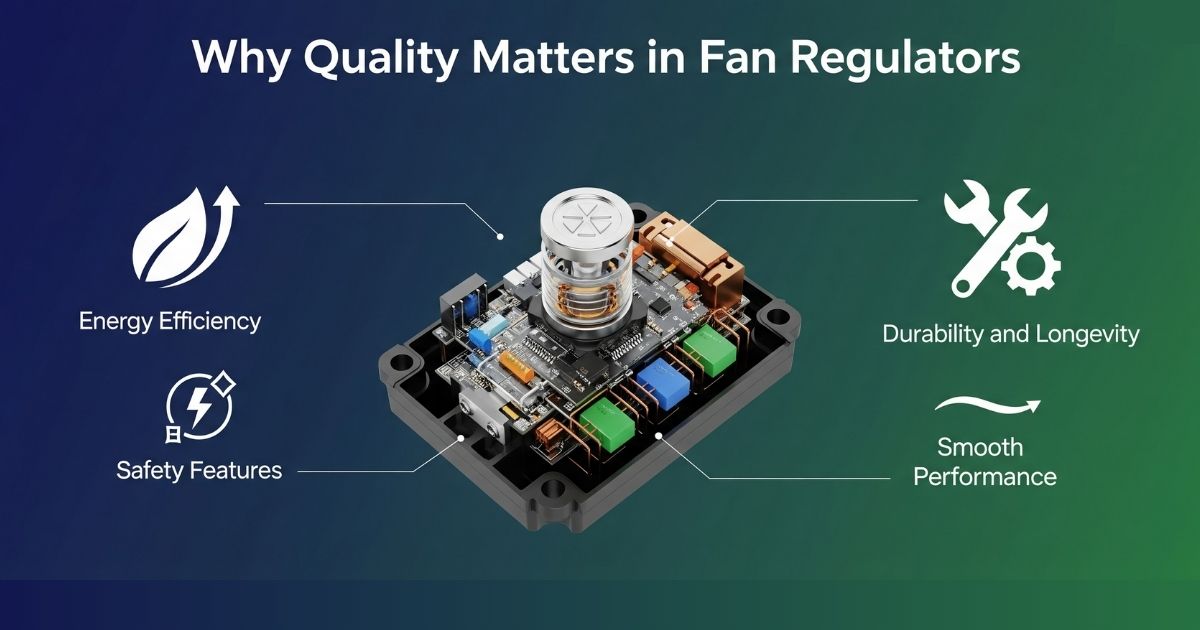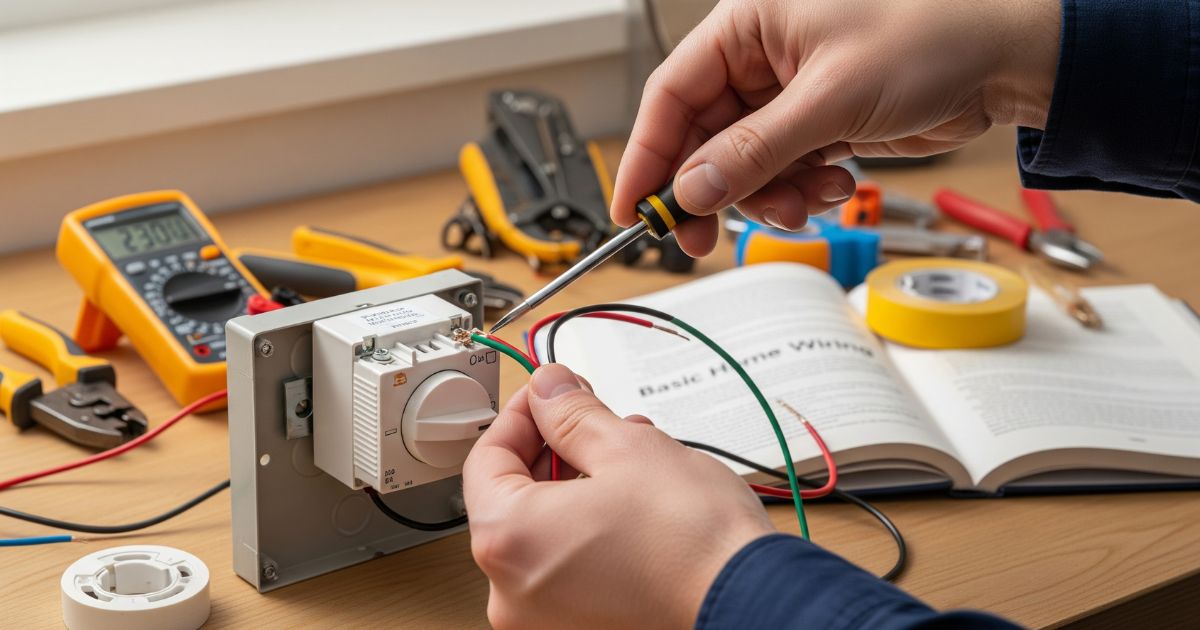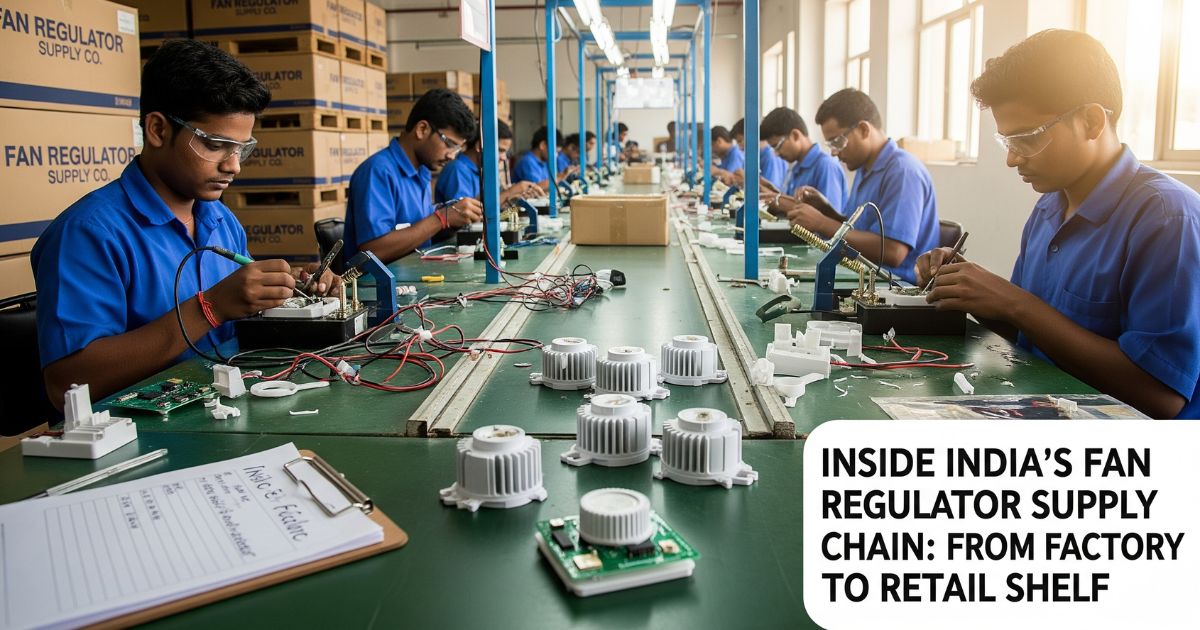Understanding Voltage Control: How Modern Fan Regulators Work
Ceiling fans are a cornerstone of comfort in homes and offices across India, delivering cool air at a fraction of the cost of air conditioning. Behind their seamless operation lies a critical component: the fan regulator. This device empowers you to control fan speed, balancing comfort with energy efficiency. Whether you’re in Ahmedabad, Gujarat, or elsewhere, choosing a high-quality regulator from trusted fan regulator manufacturers can elevate your experience. In this article, we’ll unpack how modern fan regulators function, their types, benefits, and why partnering with reliable fan regulator suppliers in India ensures lasting performance.

What Is a Fan Regulator?
A fan regulator is an electrical device that adjusts the speed of a ceiling or table fan by controlling the voltage supplied to its motor. By fine-tuning the power flow, it lets you choose the perfect airflow, from a soft breeze to a robust gust. Modern regulators, crafted by fan regulator companies in India, have evolved to offer enhanced efficiency, durability, and safety compared to older models. These devices are pivotal for optimizing energy consumption and tailoring comfort to your needs. With India’s diverse climate and frequent fan usage, especially in regions like Gujarat, regulators from fan regulator manufacturers in Ahmedabad are designed to meet local demands with precision.How Do Fan Regulators Work?
At their core, fan regulators operate by managing the voltage delivered to a fan’s motor, which directly influences its speed. Lower voltage slows the fan, while higher voltage increases its speed. Let’s dive into the two main types of regulators and how they achieve this control.Resistive Fan Regulators
Resistive regulators are the traditional choice, using resistors to limit voltage. They feature discrete speed settings (e.g., 1 to 5), with each step corresponding to a specific resistance level that reduces power to the fan. Turning the knob switches between these levels, adjusting the fan’s speed. While cost-effective, resistive regulators have limitations. They dissipate excess energy as heat, reducing efficiency and increasing electricity costs. The heat can also degrade components over time, affecting longevity. Still, they remain a budget-friendly option for some households.Electronic Fan Regulators
Electronic regulators represent the modern standard, using components like triacs or capacitors to control voltage with minimal energy loss. Unlike resistive models, they don’t rely on heat-generating resistors, making them more efficient and durable. These regulators come in two forms: step-type (with fixed speed settings) or step-less (offering smooth, continuous speed control). Their compact design and superior performance make them a top pick among fan regulator suppliers in Ahmedabad. For a deeper dive into their mechanics, check out our guide on How Ceiling Fan Regulators Work & Why Quality Matters.Why Quality Matters in Fan Regulators





